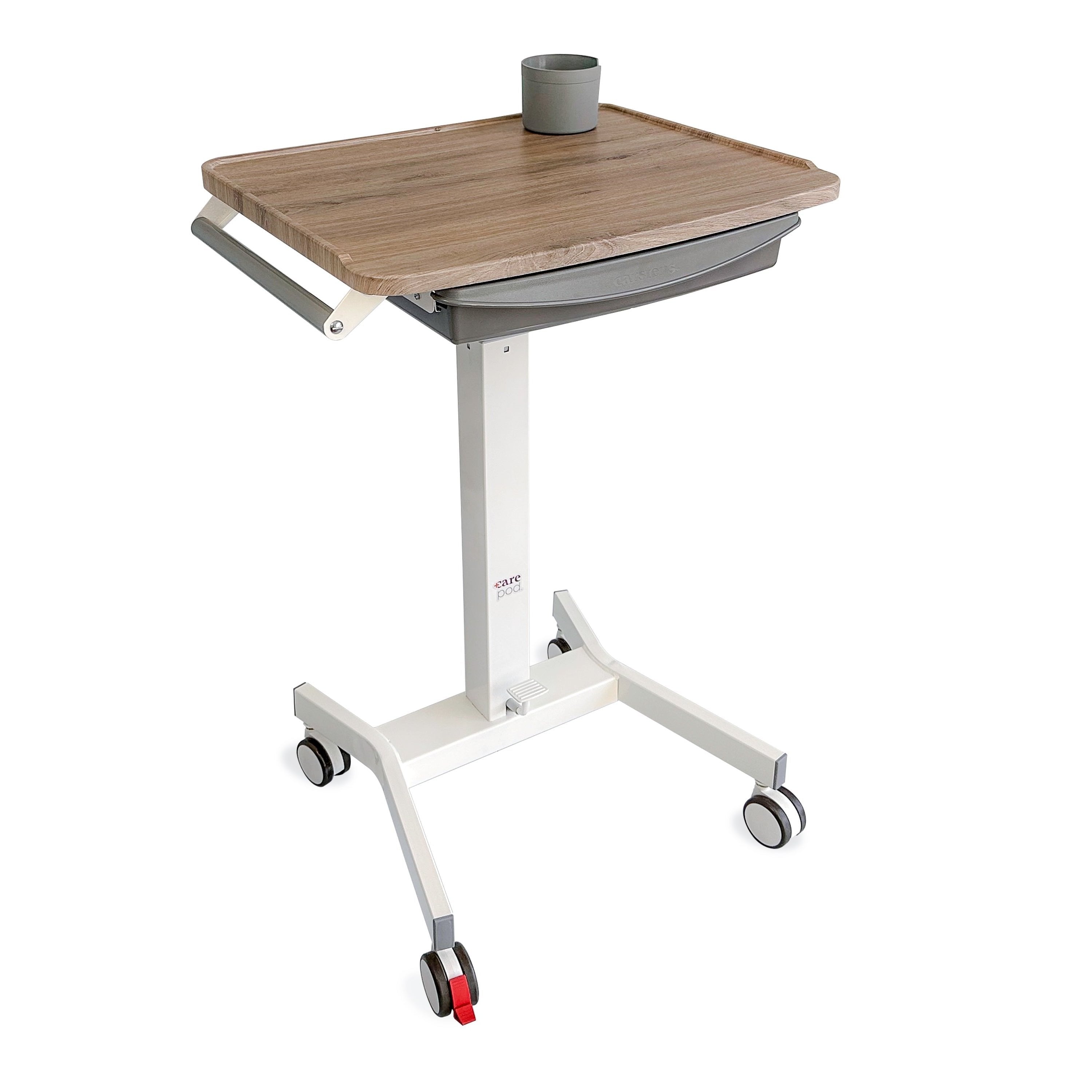Our dedicated team at Carstens believes that optimizing your medical practice matters for the success of your business, the health and happiness of your staff, and a quality patient experience. Optimizing a healthcare facility involves implementing new organization methods, software upgrades, ideal social support systems, thoughtful building design, and more.
Over time, these enhancements boost your team’s overall productivity, success, and mental health—benefitting patient care and satisfaction. Read on to learn more about the principles of medical practice optimization and why it’s worth considering for your facility.
Medical Practice Optimization Impacts Everyone
You now know that the ultimate goal of medical practice optimization is the improvement of patient care and satisfaction. However, along the way, these implementations impact everyone in your healthcare facility. Mainly, optimizing your medical practice affects nurses, caretakers, and other medical staff members. They are the individuals who use optimized tools, resources, and supplies to administer their valuable services.
Those same workers experience less stress and obstacles throughout their day with these improvements. As a result, the lives and experiences of your most vital healthcare professionals receive significant enhancement, boosting their job performance but, more importantly, supporting their mental health and well-being.
Elements of Your Medical Practice That Require Optimization
Medical practice optimization affects the lives of everyone within your healthcare facility, from staff members to patients, and positively enhances their experiences. But which elements of your medical practice actually require optimization? Broadly, there are three areas within your clinic worth investigating, addressing, and improving: physician interactions with patients, employee delegation, and general practice organization.
The first two elements (physician interactions with patients and employee delegation) require a strong management system with smart, capable leaders setting a solid example for everyone. Furthermore, you can’t really enhance these factors with supplementary tools and equipment. However, the third element (general practice organization) covers many facets of your clinic and involves supplementary tools and equipment, such as a high-quality medical workstation on wheels for improved workflow or an A.I. digitization software for streamlined documentation. As such, it’s worth solely focusing on this third element.
General Practice Organization
Breaking down the basics of your medical practice’s organization processes will be beneficial as it impacts many aspects of your business. Here are some examples of areas within your medical practice that require optimized organization tools and methods:
- Employee salaries
- Co-pay collections
- Overtime usage
- Appointment scheduling
- Document storage and security
- Patient flow
- Corridor movement
These examples highlight how many areas of your practice are vulnerable to inefficiency and other complications. However, you can safeguard each facet of your facility from deficiencies when you implement optimization methods.
Maintaining a highly productive and successful healthcare facility is no easy task. However, the importance of these lifesaving services requires passionate and committed professionals who utilize helpful tools to provide the very best patient care. Ultimately, that is the sole reason why optimizing your medical practice matters.






